A 1031 Exchange is a method to defer capital gains taxes on the sale of certain types of property by reinvesting the proceeds from the sale into a similar property. The intent of a 1031 Exchange is to allow investors to trade up to a more expensive or better-located property without having to pay taxes on the gain from the sale of the original property.
A common misconception is that there is one way to go about this process; however, there are actually four different ways by which a 1031 Exchange can be accomplished depending on the goals and needs of the investor. They are as follows:
- Simultaneous Exchange: Also known as a same-day exchange, this is the most straightforward of the four types. In a simultaneous exchange, the relinquished property is sold on the same day that the replacement property is purchased. The timing of the two transactions is coordinated so that the proceeds from the sale of the first property are used to purchase the second property. It is helpful to coordinate both transactions at the same title company.
- Deferred Exchange: A delayed or deferred exchange is the most common type of 1031 Exchange. In this scenario, the relinquished property is sold first, and the investor has up to 180 days to identify one or more replacement properties. The investor then has up to 180 days from the date of the sale of the relinquished property to close on the purchase of the replacement property.
- Reverse Exchange: In a reverse exchange, the replacement property is bought first and then the investor has up to 180 days to sell the relinquished property. The investor is then reimbursed for the purchase of the replacement property. This can be a useful strategy when an investor finds a deal that he or she can’t pass up and there is not enough time to list and sell the relinquished property prior to the purchase.
- Improvement Exchange: In an improvement exchange, the investor purchases a replacement property and then makes improvements or repairs to it before selling the relinquished property. The investor has up to 12 months from the date of purchase of the replacement property to sell the relinquished property.
While there are four different types of 1031 Exchanges in all, they all have one thing in common: the investor must reinvest all of the proceeds from the sale of the relinquished property into one or more replacement properties in order to receive a full tax deferral. The replacement properties must be similar in nature to the relinquished property, and they must be used for business or investment purposes.
Still Have Questions?
We understand that 1031 Exchanges can be complex transactions and there are a lot of rules and regulations that must be adhered to in order for the exchange to be successful. If you have any questions or would like more information, please contact us at 888-508-1931 to schedule a consultation.

